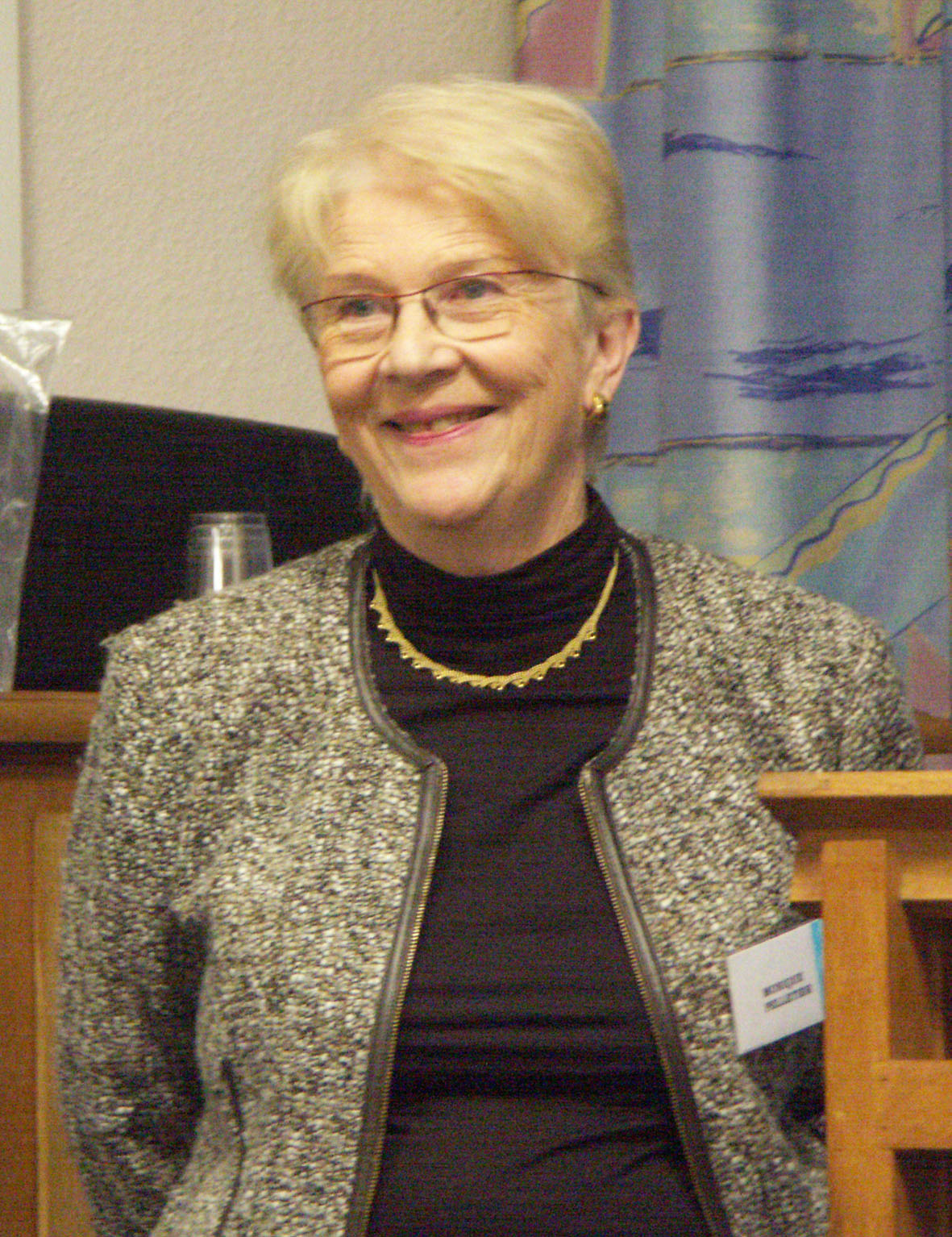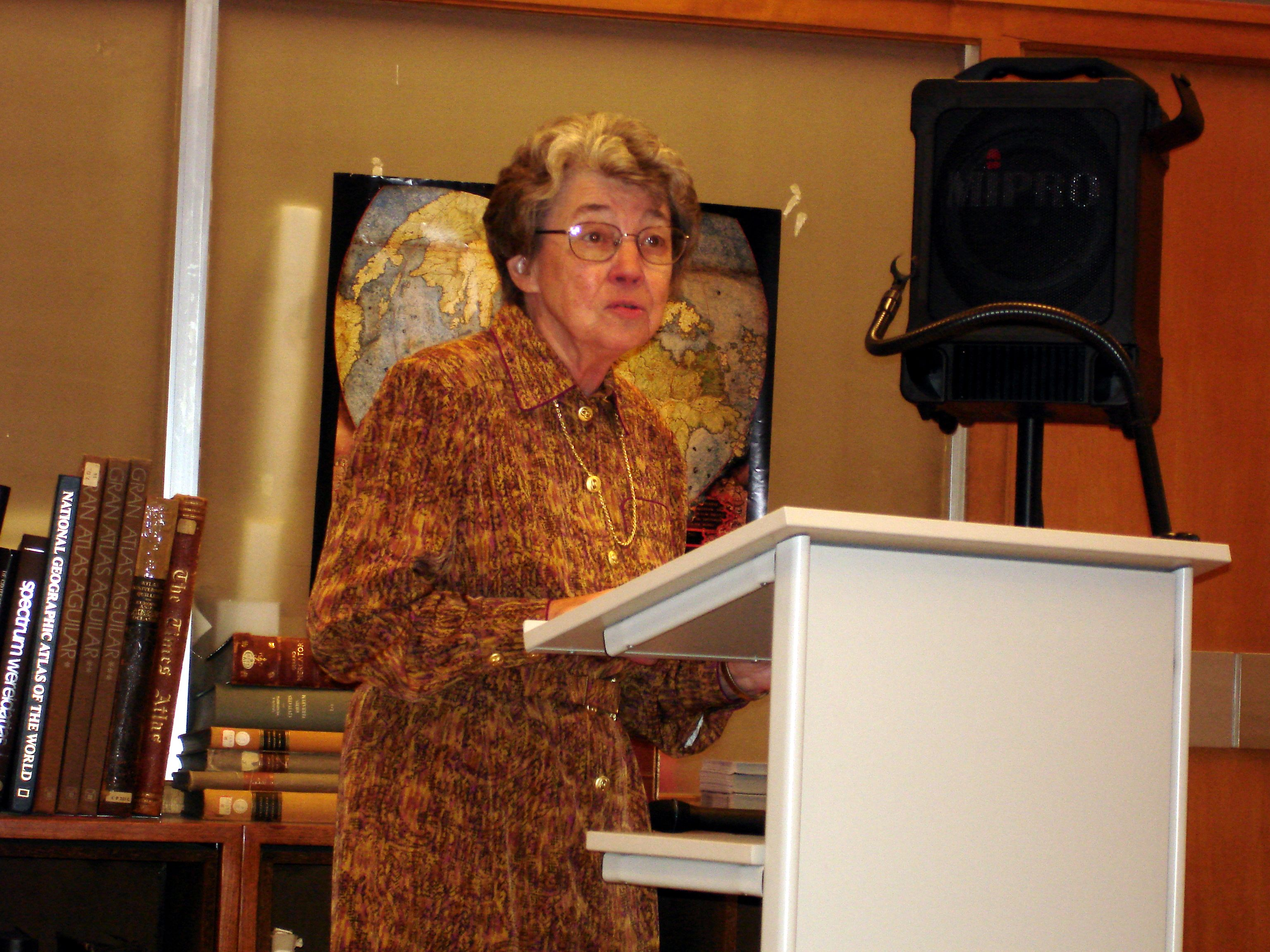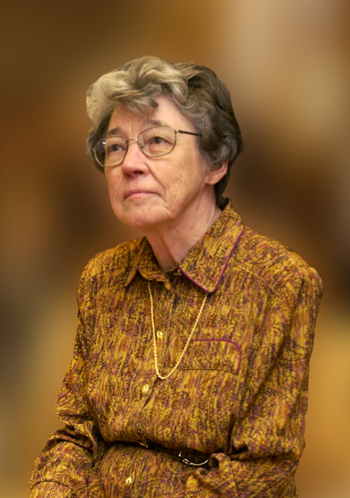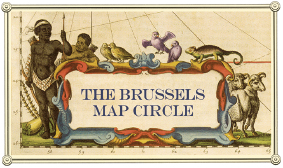Monique Pelletier (1934–2020)
Monique Pelletier spent her entire career at the Bibliothèque nationale de France [BnF, National Library of France] after studying at the prestigious École nationale des chartes [National School of Charters]. She entered the BnF Print Department in 1960, and produced the paper catalogue of prints for the years 1960-1970. Appointed director of the maps and plans department in 1976, she modernised it and, in particular, implemented the computerisation of the general catalogue of cartographic collections, the outcome of which in the early 2000s offered users an exceptional tool for finding ancient and modern maps, plans, and globes. In addition, she was the overall commissioner of the major exhibition of the history of cartography, Couleurs de la Terre (Paris, 1999),and the author of numerous publications which were compiled in a tribute volume when she retired that year:Tours et contours de la Terre: itinéraires d'une femme au cœur de la cartographie [Tours and outlines of the Earth; itineraries of a woman at the heart of cartography]. Her name is associated in particular with the history of the Cassini map from La carte de Cassini : l'extraordinaire aventure de la carte de France [The Cassini map: the extraordinary adventure of the map of France] (1990) to the revised, pocket-book, (3rd) edition Les cartes des Cassini: la science au service de l’État et des régions (2013) [The Cassini maps: science serving the country and the regions].

Her strong involvement in national and international authorities, her insatiable curiosity and her profound taste for research into the history of cartography will leave a lasting imprint on the international community of cartographic historians. Read more.
Lisette Danckaert (1930-2020)
Lisette started her professional career as a librarian at the Royal Library of Belgium way back in 1954, hardly a year after obtaining her M.A. degree in geography from the Université libre de Bruxelles. But it was 1969 before she entered the Map Room. By then she had already participated in various projects relating to the history of cartography and had published notable contributions in this field. In 1958, within the framework of the Brussels World Fair, she was responsible for the exhibition Brussel in kaart en beeld | Image de Bruxelles - Cartes et plans [Brussels in maps and images] and in 1965 she helped Antoine De Smet, the then head of the Map Room, to organise the exhibition on Dutch cartography. In 1967-68, she curated a second exhibition on city maps, with maps not only of Brussels but also of 18 other Belgian cities. Both exhibitions announced what would be the focus of her research: the attentive scrutiny and description of the cartographic document.

Lisette was only 60 when she left the Library. But even if she no longer directed the Map Room, she continued as before to participate in conferences, occasionally presenting a paper (which she wasn’t really fond of), and contributing small but precious pearls of scientific research. In October 2006 she was honoured at the Royal Library of Belgium on the occasion of her 75th birthday with a liber amicorum entitled Margaritae cartographicae Studia Lisette Danckaert 75 um diem natalem agenti oblata, edited by Wouter Bracke, who inserted the 18 pages of her bibliography. The book contains, among others, an article by Monique Pelletier.

She will be missed by friends and colleagues.
